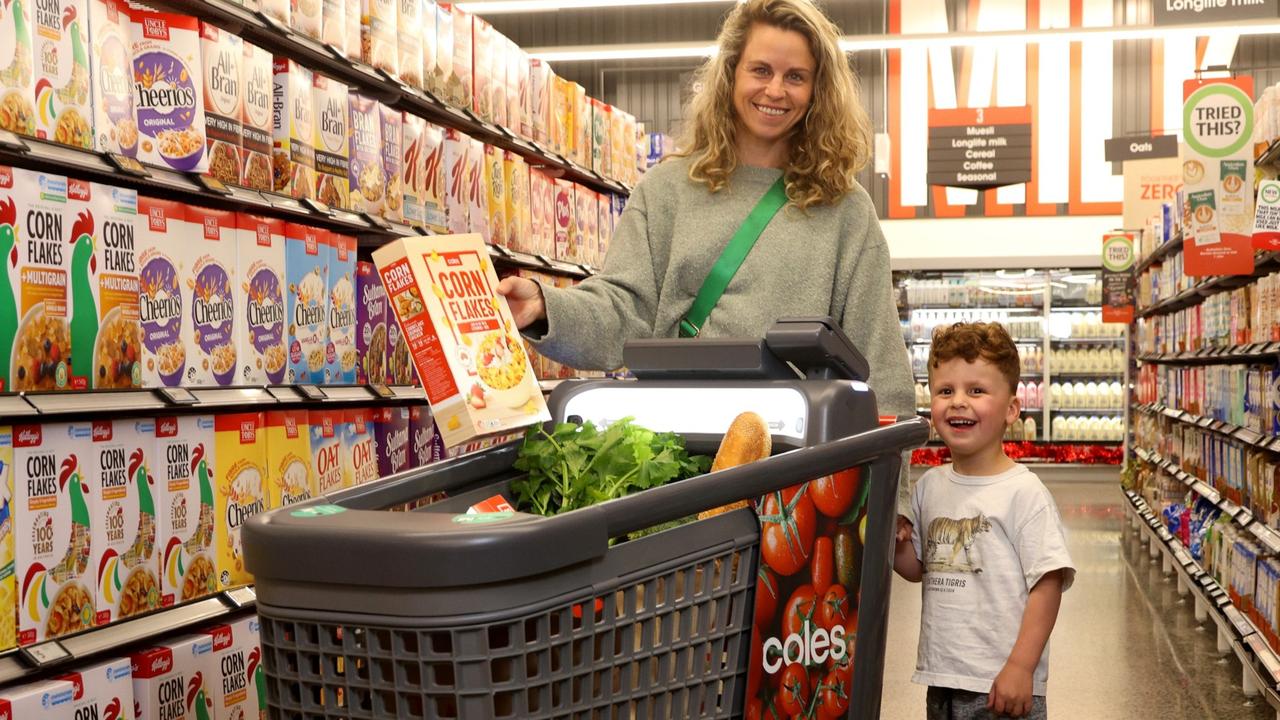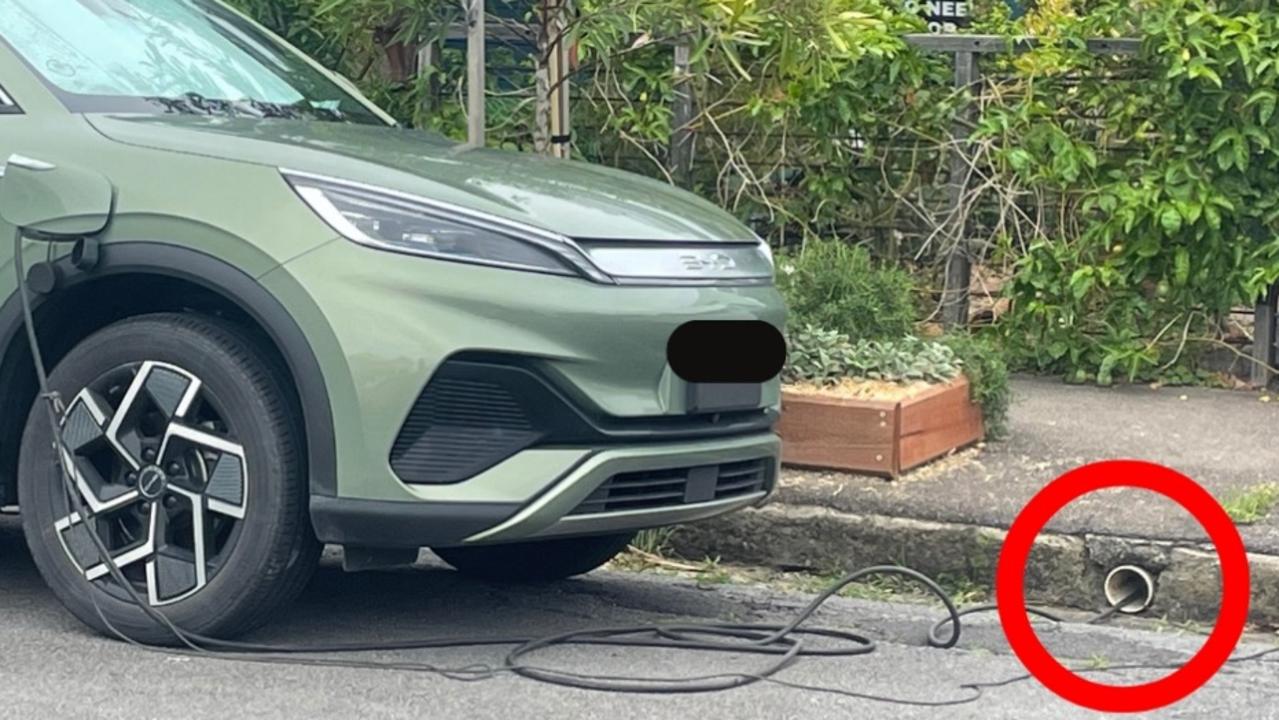Bizarre new ‘tap and pay’ technology emerges in China
A bizarre new form of “tap and pay” technology has taken hold in China, with customers scanning the palm of their hand at the checkout.
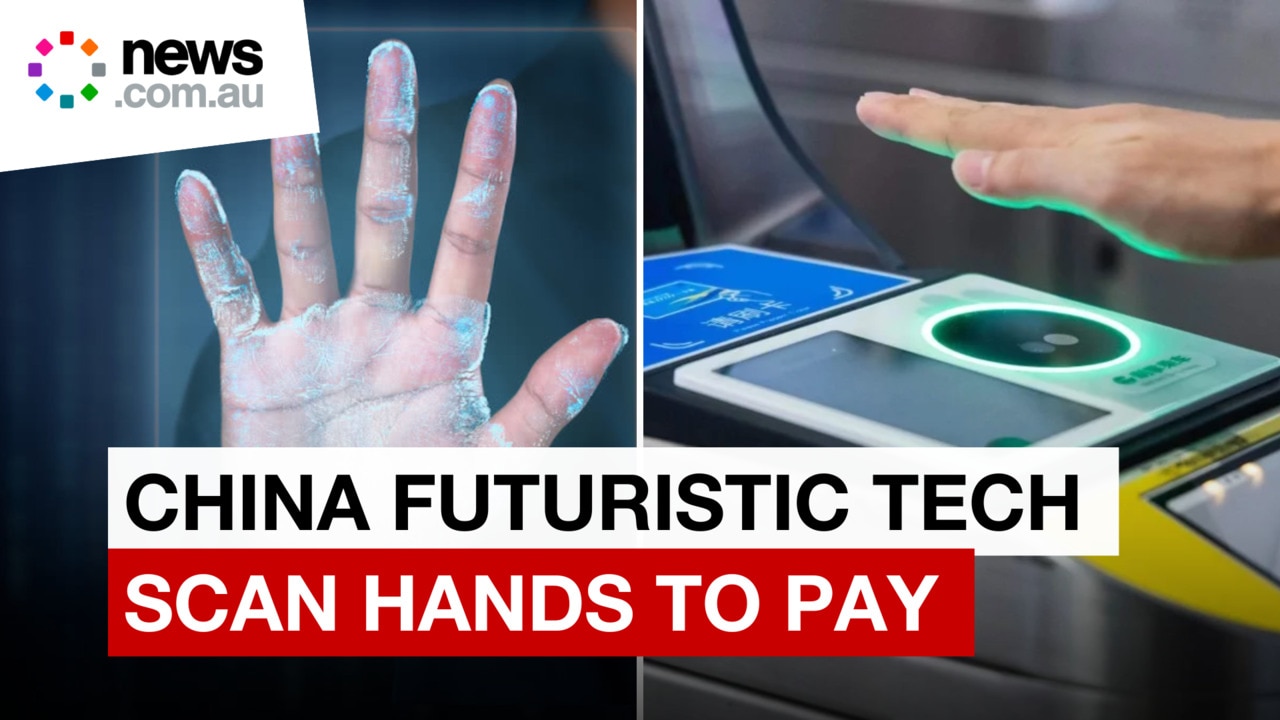
Innovation
Don't miss out on the headlines from Innovation. Followed categories will be added to My News.
A bizarre new form of “tap and pay” technology has taken hold in China, with customers scanning the palm of their hand – as opposed to a bank card – at the checkout.
Shenzen-based tech giant Tencent first launched the biometrics recognition service – versions of which have been offered by companies like Amazon in the past – last May, and has worked in recent months to make it more mainstream.
Senior Tencent executive Guo Rizen told CNN in January the company has “confidence” in the adoption of the technology, which encourages users to leave their wallet and phone at home.
It can also be used to unlock the doors of their homes or workplaces, and on public transport in lieu of a transit card.
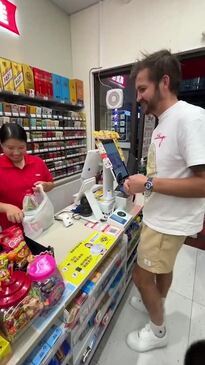
Users simply hover their hands over a sensor fitted with an infra-red camera that can analyse individual palm prints and the unique pattern of veins under the skin.
While it works much the same way as facial recognition software, Mr Rizen said the system was more accurate.
“With face scanning technology, people can look a lot like each other – like twins,” he said.
“But with palm payments, even brothers and sisters who look alike have unique palm prints and veins.”
Last month, British couple Ben and Reanne Dridge shared a video on TikTok of themselves using the technology in Zhuhai, China.
“We’re in China, and this is how advanced the cashless payment is in this country,” Mr Dridge says in the clip, which has since clocked up more than two million views.
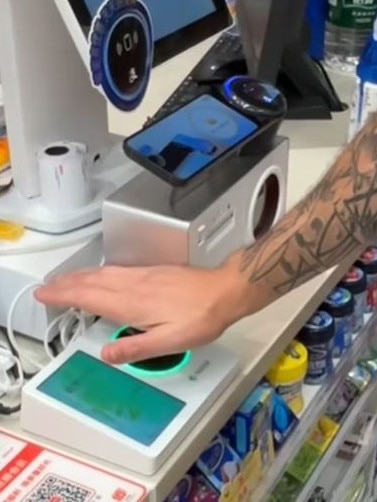
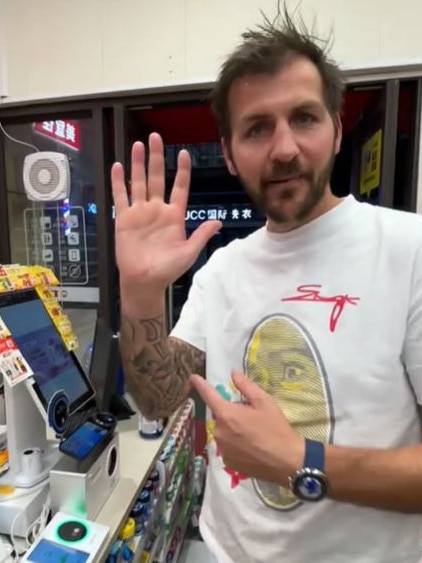
The couple visit a convenience store to purchase snacks, before Mr Dridge approaches the county and pays by scanning his palm.
“Look at that, how crazy,” Ms Dridge tells the camera, to which Mr Dridge adds: “Mate, this country is blowing my mind.”
“That is literally one of the best things I’ve ever seen.”
Mr Rizen said Tencent is “hoping that palm payments can save people the trouble of carrying physical items … so that our lives become more convenient”.
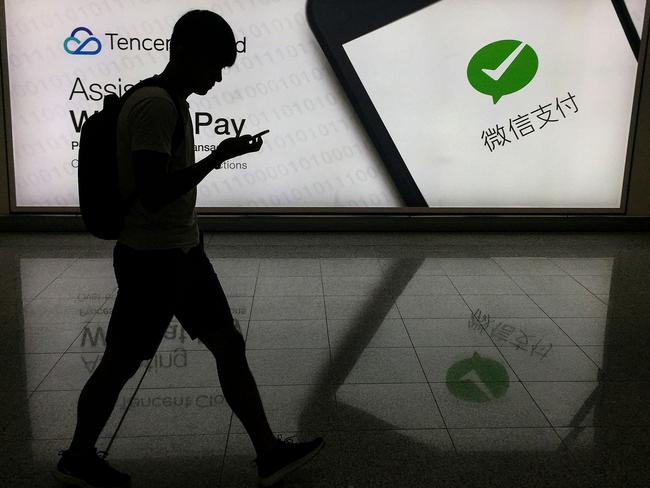
Tech and security experts, however, have warned the technology is not without privacy risks.
“Retailers get hacked all the time. When most retailers get hacked, at worst you have to change your credit card number,” Surveillance Technology Oversight Project (STOP) executive director, Albert Fox Cahn, previously told the MIT Technology Review.
“But you can’t change your palm print if that gets compromised.
“So we look at this as a way for people to potentially save a couple of minutes in line at the price of their biometric privacy for the rest of their lives.”
University of Technology Sydney industry professor of responsible technology, Edward Santow, told CNN that “people … don’t want to participate in some kind of surveillance state”.
“They don’t want (that) whenever they’re making a payment for something, for that then to show up on some official register, and then to be asked questions, or worse, about it,” Professor Santow said, adding the collection of information could attract thieves.
“When your personal information is hoovered up at a huge scale, that creates a kind of honey pot for cybercriminals.
“And if that information is obtained illegally, it can then be sold on the black market and it can cause you enormous problems.”
Originally published as Bizarre new ‘tap and pay’ technology emerges in China



